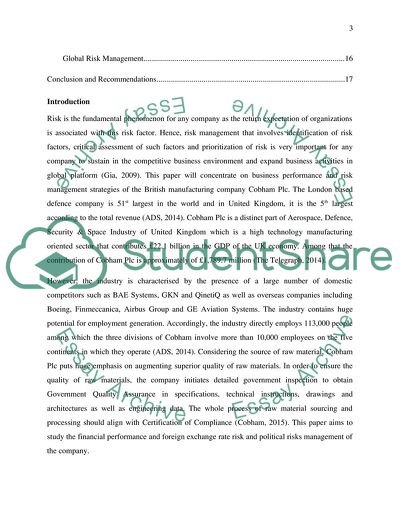Cite this document
(Performance of Cobham plc and Its Risks Management 2313 Essay, n.d.)
Performance of Cobham plc and Its Risks Management 2313 Essay. https://studentshare.org/finance-accounting/1857594-performance-of-cobham-plc-and-its-risks-management-2313
Performance of Cobham plc and Its Risks Management 2313 Essay. https://studentshare.org/finance-accounting/1857594-performance-of-cobham-plc-and-its-risks-management-2313
(Performance of Cobham Plc and Its Risks Management 2313 Essay)
Performance of Cobham Plc and Its Risks Management 2313 Essay. https://studentshare.org/finance-accounting/1857594-performance-of-cobham-plc-and-its-risks-management-2313.
Performance of Cobham Plc and Its Risks Management 2313 Essay. https://studentshare.org/finance-accounting/1857594-performance-of-cobham-plc-and-its-risks-management-2313.
“Performance of Cobham Plc and Its Risks Management 2313 Essay”. https://studentshare.org/finance-accounting/1857594-performance-of-cobham-plc-and-its-risks-management-2313.


